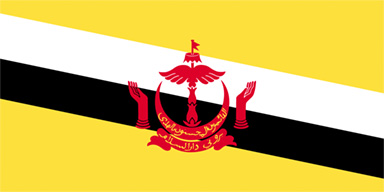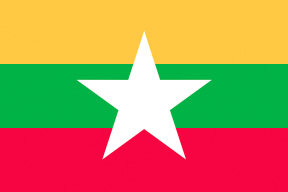
Research: Myanmar 01
Yangon, Mandalay
2015.10.24 - 10.29
The SEA PROJECT flew to Myanmar right before the historic general election which brought Aung San Suu Kyi's NDL to its current political position. The streets were filled with campaign cars, thriving in anticipation of the election results only two weeks ahead. In such a hot, political climate, the curators listened carefully to artists’ voices who were both hopeful and anxious of the change that was to occur.
-
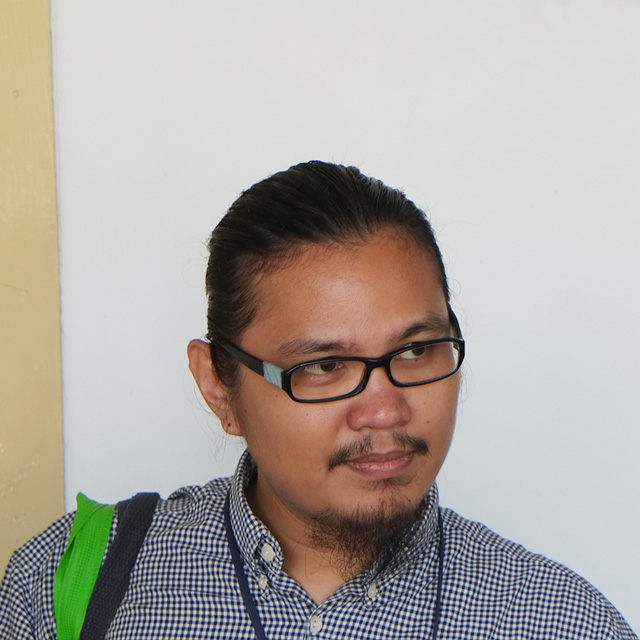 Merv Espina
Merv Espina -
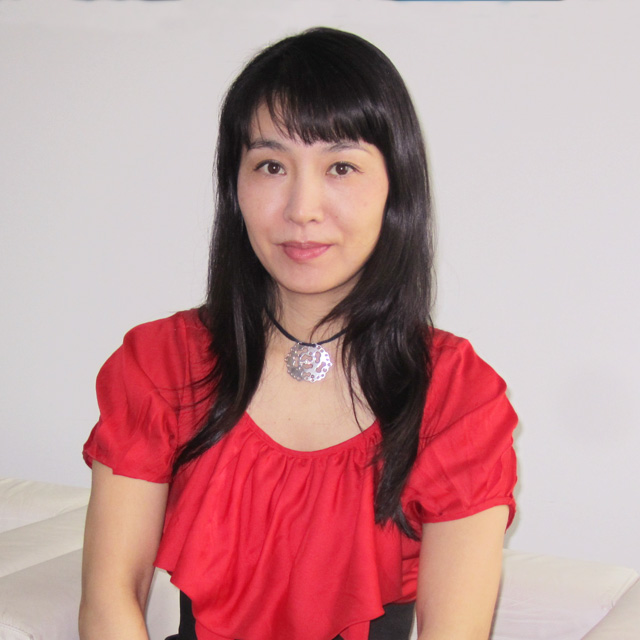 Reiko Tsubaki
Reiko Tsubaki -
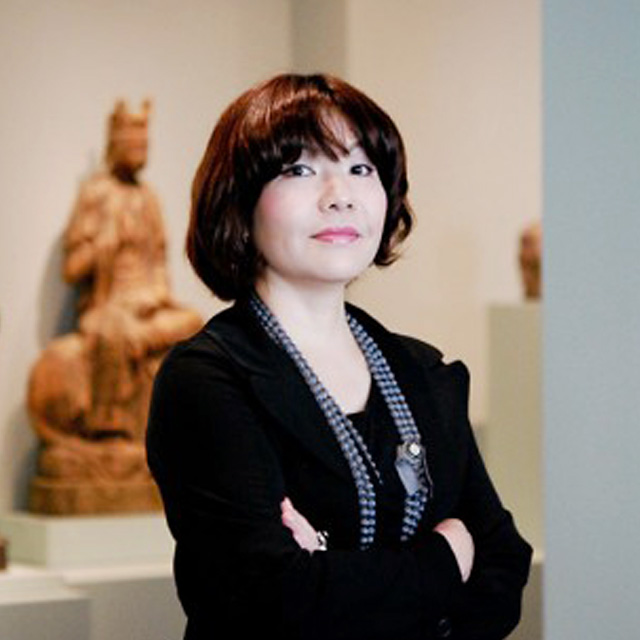 Mami Kataoka
Mami Kataoka -
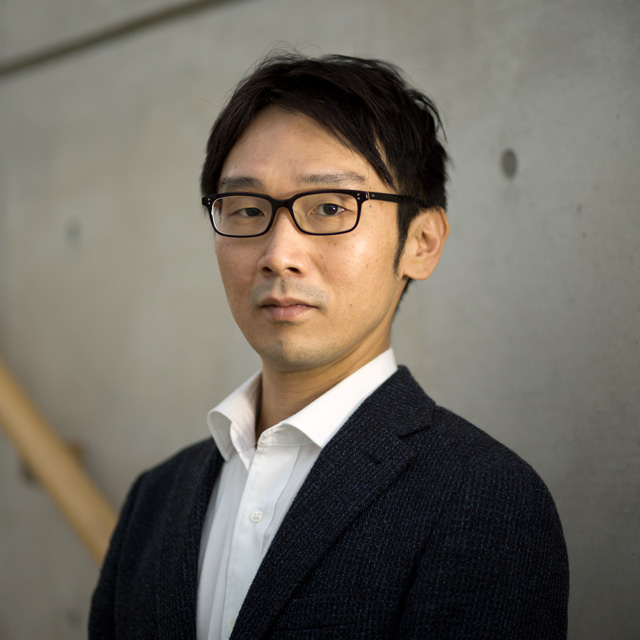 Naoki Yoneda
Naoki Yoneda
Htein Lin (1966 –)
2015.10.24
Htein Lin was one of the leaders of the 1988 anti-military regime student protests, and also one of the first artists to carry out performances in Myanmar. After escaping to the border between India and China (1988-1992), he was captured and tortured by the military. Since 1996 he has been channelling this experience through performances in which he paints his upper body in blood-like red paint. Even while he was held in prison (1998-2004), he continued to produce political newspapers and some 300 anti-governmental Prison Paintings using prison uniforms and syringes. He hid these in places such as his pillow, under his bed, or in holes he'd dug, and successfully managed to send all of his work out of the prison. After his release from prison, he married a European woman and lived in London before returning in 2012 to Myanmar, which had then been democratized. Since then, he has been actively producing works. In A Show of Hands, he tracked down 460 of the 5,000 or so prisoners and asked for plaster casts of their hands. Together with these hands casts are records of each of their stories from prison. Soap Blocked are blocks of soap he carved into sculptures while in prison in 1999 which he continues to works on. From our conversation, we felt the difficulties of democratization and free expression, but also Htein Lin's unyielding spirit against such obstacles.
New Zero Art Space
2015.10.25
Aye Ko participated in the 1988 anti-military regime protests, for which he was imprisioned. Since the late 1990s, he earned international recognition as a performance artist and in 2008 he established New Zero Art Space which houses an exhibition space, artist studios, residencies, a kitchen, and a library. As well as fundraising projects and classes for the 100,000 civil war orphans in Myamar, workshops and residence programs for the general public and artists are also held there.
One special feature of New Zero Art Space is that they hold an exhibition after each workshop. They have already held exchange projects with Korea and Japan, and are planning an exchange exhibition with Germany for 2016. Alongside these engagements, New Zero Art Space is setting up a crafts promotion project aimed at creating interesting and innovative craftwork, and an art education project for children organized in cooperation with a Japanese telecommunications company, KDDI.
Aye Ko states, "the people of Myanmar need to enliven contemporary art themselves, and not rely on foreign capital so much." We look forward to his many activities.
Po Po (1957 –)
2015.10.26
Self-taught artist, Po Po, began his activities in the late 1970s and is now a leading Myanmar (Burma) artist. The geometric, abstract paintings he largely produced in the 1980s incorporated Buddhist philosophies which he was especially interested in. From 1982 to 1986, he participated in the Gangaw Village Art Exhibition, and was active as one of the main members of the Gangaw Village Art Group. Since the 1990s, Po Po's work has shifted from painting to the field of conceptual or performance art. In recent years, as one of the participating artists for the 8th Asia Pacific Triennial of Contemporary Art (2015-2016), he has further extended his field of practice to overseas and is now considered one of the most influential artists in Myanmar's contemporary art scene. At the same time, lamenting the lack of information on art in Myanmar, he is also active as an art critic and published Conceptual Art Manifesto in 2005.
Aung Myint (1946 –)
2016.10.26
Aung Myint is a self-taught artist who was active as one of the central members of the Gangaw Village Art Group. He is known for his abstract paintings that incorporate Myanmar’s (Burmese) letters and dance as their motifs, but he was also one of the earliest to experiment with new forms of expression such as performance and installations in around 1992. Censorship was a very serious problem for artists when Myanmar was under military rule, and because paintings are more likely to convey messages clearly they were easy targets for censorship. It can be said that the shift towards performance―by Aung Myint as well as other artists― was closely related to Myanmar's political system. Furthermore, as he continuously held Gangaw Village Art Exhibitions, Aung Myint was confronted with Myanmar's shortage of art exhibition venues. He therefore established the Inya Gallery in 1989 with friends from the Gangaw Village Art Group, and to this day it remains a gallery where many artists gather.
Suu Mying Thein (1970 –)
2015.10.27
Performance artist Suu Mying Thein founded the Alin DaGar Art School in Mandalay, Myanmar's second largest city after Yangon in 1992, so that art could be studied more freely by all. He himself was born in the northern Kachin State and studied painting and sculpture at the State School of Fine Art, Mandalay. Students of a wide range of ages from 5 to 35 are currently studying at the school, and they also hold exchange exhibitions with children overseas.
Suu Mying Thein’s first encounter with performance art was when NIPAF (Nippon Performance Art Festival, director: Seiji Shimoda) visited Mandalay in 2001. Suu Mying Thein believed, in the midst of many restrictions and censorship, "performance art that uses the body as a form of expression is the best medium." In 2012, while the civil war between the Kachin minority and the military government continued, he carried out a performance and was as a result restrained. Alongside mentoring his students at the School, Suu Mying Thein is one of the few who are active as performance artists in Mandalay.
Ludu Library and Archive
2015.10.27
Ludu Library and Archive, established in 2002, houses the donations and collection of Ludu Daw Amar and Ludu U Hla, who were both journalists reporting on Myanmar's post-World War 2 military regime and dissident groups. It is an unregistered private library with a collection of around 50,000 publications dedicated to academic research, journalism, and activism in Myanmar. Its name, Ludu, means "the people" in Burmese, and was taken from Ludu Journal (People's Journal) started by U Hla in 1945 and published every other month. In 1961, he came to Japan on an invitation from a Japanese newspaper company, and became close friends with the Japanese novelist and poet Jun Takami. Myanmar has a culture that promotes pious acts through its Buddhist traditions. However, after experiencing multiple arrests and magazine discontinuances, U Hla decided to create a library for the people instead of giving donations to temples. The current chief librarian is his son, Nyi Pu Lay (1952-).
Phyoe Kyi(1977-)
2015.10.27
Phyoe Kyi was born in Taunnyi, a town in central Myanmar with a population of 200,000, and is currently still active there as a performance and installation artist. In 2003 he started the workshop Mingun Museum of Contemporary Art, and he held "Museum Project #5," the 5th such workshop, with artists-couple Wah Nu and Tun Win Aung. Mingun is a town located about ten kilometres up the Ayeyarwady River from Mandalay. It is known for having Myanmar's largest bell, and the snow-white Hsinphyumae Pagoda.
Phyoe Kyi's first experience of performance art was when he saw Yangon artists participate in NIPAF in the 1990s. In 2003, artists from places like Yangon and Mandalay performed for the first time in Mingun, where there was little censorship compared to the two cities. In the 2005 edition of NIPAF, held in Mingun, Phyoe Kyi performed Once upon a time, there was nothing, a work in which he changed from a thakin costume to a child’s costume. In the performance, he used soap bubbles as a symbol for frailty as they burst instantaneously when touched. He also participated in the 3rd Fukuoka Asia Art Triennale in 2005, and in 2015, hosted the 1st Mingun Biennale, in which four artists as well as local villagers participated.
Maung Day (1979 –)
2015.10.28
Maung Day is a poet, artist, and social activist who also does graphic design. He moved to Bangkok, Thailand in 2008 to earn his M.A (International Development Studies) at Chulalongkorn University, and until recently worked on eco-village designs and participatory projects for the empowerment of people at Eco-village Transition Asia (ETA).
He first discovered contemporary art around the year 2000 through libraries such as ones located in the American Embassy. Maung Day did not miss the opportunity to experiment with performance art, which had then become a popular way to elude censorship, and also got involved in the establishment of Beyond Pressure (2008 -), one of the well-known performance art festival of Myanmar. From 2010, he has collaborated with poets and worked on installations. In his felt-tip drawings, he attempts to redefine the images of Buddhism and mythology, and likewise with his poems he plays with the notions of metaphors and images.
"We need a community that discusses the Myanmar art scene from a global perspective. I want to create an art scene where NGOs and art unite, where NGOs provide more support for artists and artists are able to have more influence on society" Maung Day stated with conviction.
Gangaw Village Art Group
The Gangaw Village Art Group is a Myanmar (Burma) artist group formed by approximately 20 students from Rangoon College (present-day University of Yangon). The group’s formation was triggered by the Gangaw Village Art Exhibition in 1979. With the exception of an interruption for several years due to the influence of the pro-democracy movement, the Gangaw Village Art Exhibition has been held consecutively to this day. Gangaw (or the Ceylon Iron-wood) is an evergreen grown on campus at the University of Yangon, the symbol of the university, and as such is also used for the group's logo. At the time, the art scene in Myanmar was hardly existent thus making is extremely difficult for artists to make a living out of their art practices. For this reason, it was important to create an artist community where they could support each other. Among the original members are Kyeen Myintt Saw, Aung Myint, and San Minn whom are considered the founders of what is known as contemporary art in Myanmar today, and also Po Po, who has now gained international recognition.
Special Thanks
Aung Myat Htay
Aung Myint
Aung Myint Oo
Aye Ko
Cho Cho Aung
Daw Tint Tint
Htein Lin
Khin Zaw Latt
Kyi Wynn
Maung Day
May Phue Thet
Min Thein Sung
Mrat Lunn Htwann
Nathalie Johnston
Nyi Pu Lay
Phone Myint Min
Phyoe Kyi
Phyu Ei Thein
Po Po
Sandar Aung
Suu Myint Thein
Takayuki Kasuga
Than Htay
Thihazan
Thyitar
Research

- The Philippines
- (2015.01.08 - 01.11)
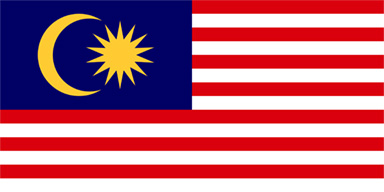
- Malaysia
- (2016.09.27 - 09.28)
- (2015.02.06 - 02.11)

- Myanmar
- (2015.10.24 - 10.29)

- Indonesia
- (2015.11.13 - 11.23)
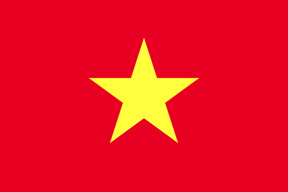
- Vietnam
- (2015.12.13 - 12.20)
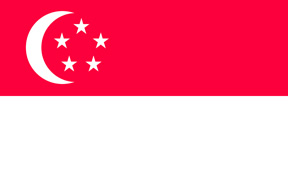
- Singapore
- (2016.11.08 - 11.11)
- (2016.01.21 - 01.23)
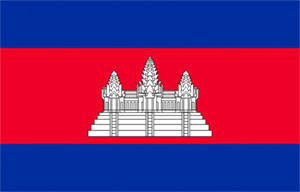
- Cambodia
- (2016.01.24 - 01.26)
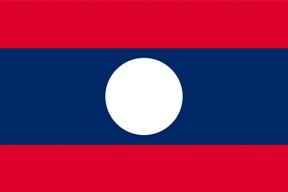
- Laos
- (2016.01.27 - 01.28)
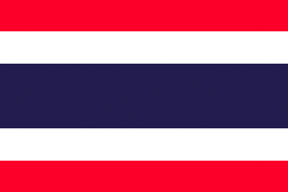
- Thai
- (2016.05.06 - 05.13)
